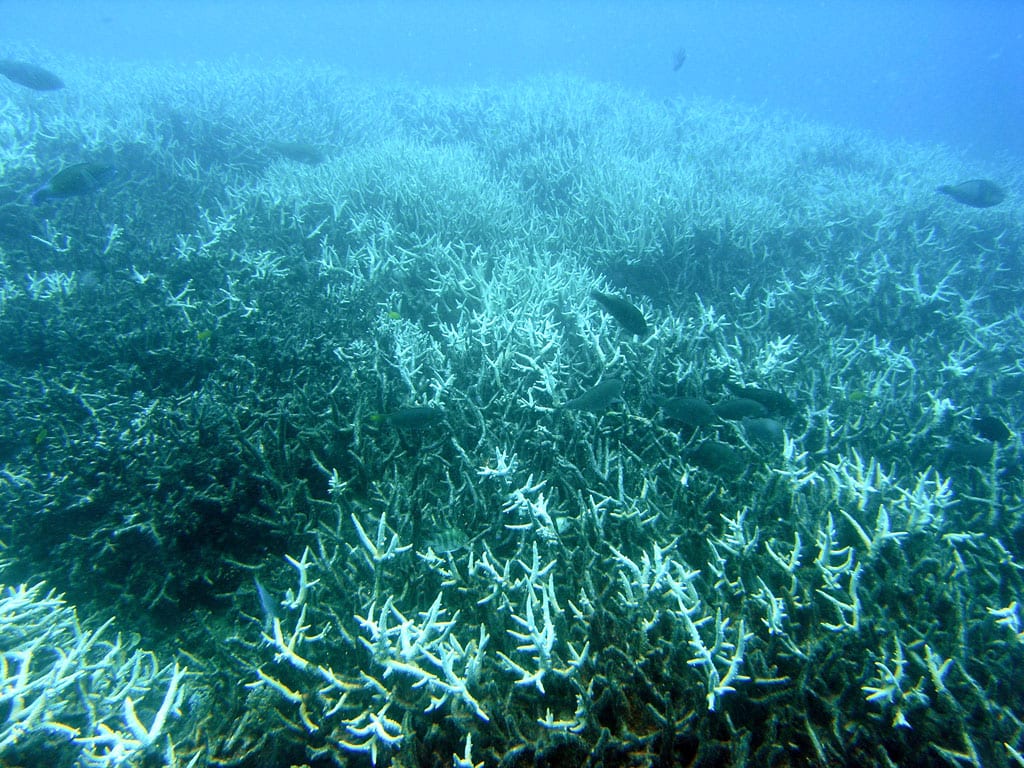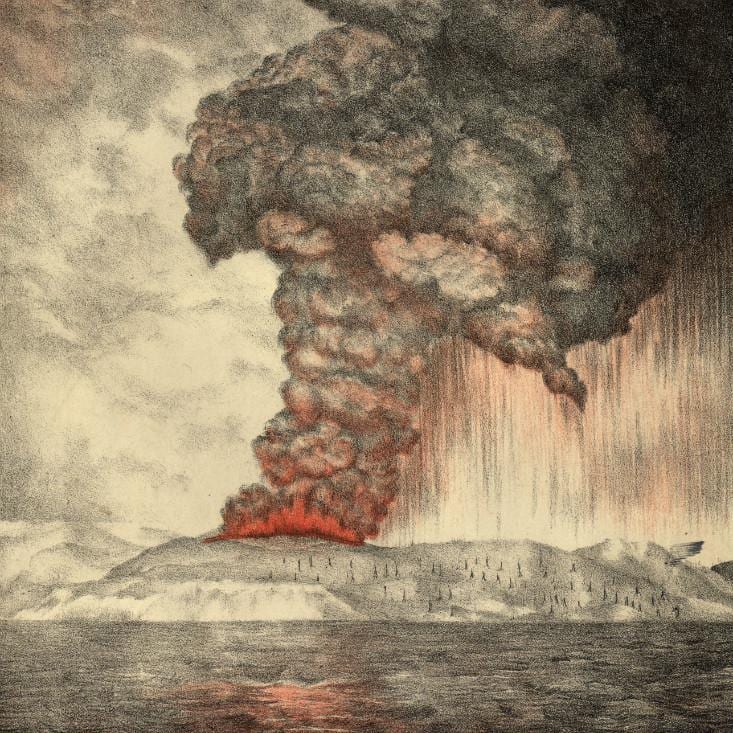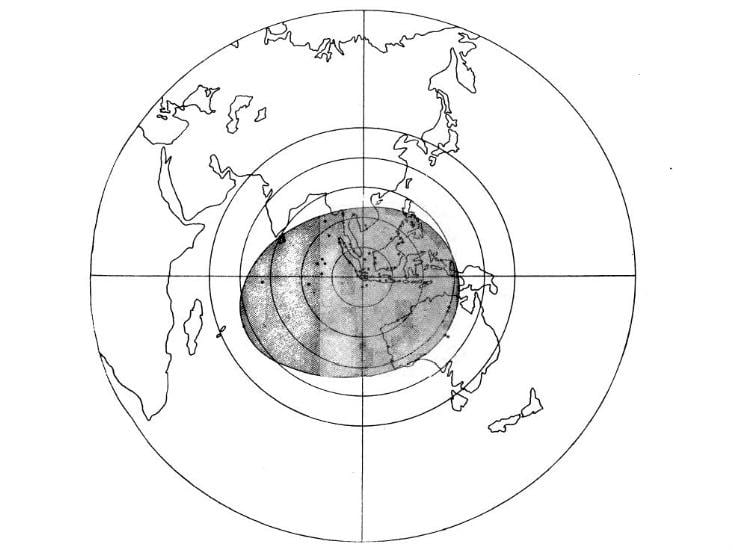This is really something else…
The Mauna Ulu eruption of Kilauea Volcano in Hawaii lasted from 1969 to 1974 – a total of 1,774 days. Back then, it was Kilauea’s longest recorded eruption, producing approximately 460 million cubic yards of lava over those 5 years. It was truly a rare natural phenomenon.
Dome fountain of episode 10, October 10–13, 1969, eruption of Kilauea Volcano. This dome fountain is about 20 m (65 ft) high. Symmetrical dome fountains such as this are rare. #Tbt #HI @Volcanoes_NPS pic.twitter.com/sKSQaVINKs
— USGS (@USGS) March 29, 2018
Recently, the US Geological Survey posted this photograph from 1969, taken by photographer J.B. Judd. The image was of a rare dome fountain of lava measuring approximately 65 feet high. It was one of 12 dome fountains occurring the first year of the eruption. The flow of lava was so heavy, it reached 7.5 miles out into the ocean.
This particular fountain began on October 10, 1969 and lasted until October 13, and it may have reached the enormous height of ~245 feet. What made this phenomenon so special, aside from its massive size, was its orb shape. Typically, lava fountains look like geysers, spraying molten stone up into the air.
In the tweeted photo, the dome looks like it’s occurring on water. It is, in fact, on the land. The dark grey matter in the foreground that looks like waves are actually flows of lava.

Photo Credit: U.S. Geological Society
Fountains are caused when gas bubbles in molten rock near(ish) to the surface trigger an eruption of lava from a lava lake, fissure or vent. A rapid expansion occurs, which eventually explodes outward in a fountaining event.

Photo Credit: U.S. Geological Society
The Mauna Ulu eruption, though it lasted five years, isn’t even close to the longest running volcanic eruption. That title now goes to Pu‘u ‘Ō‘ō, which has been erupting continuously since 1983.
But the images above of Kilauea are an impressive reminder of the destructive power of active volcanos – and Hawaii’s got a whole bunch of them.
The post An Incredible Photo Shows a 65-Foot Hawaiian Lava Dome appeared first on UberFacts.




